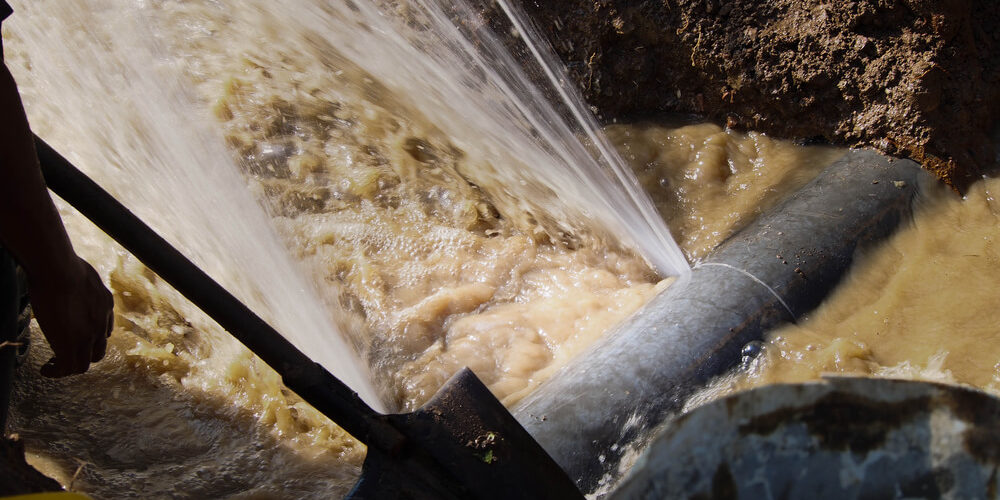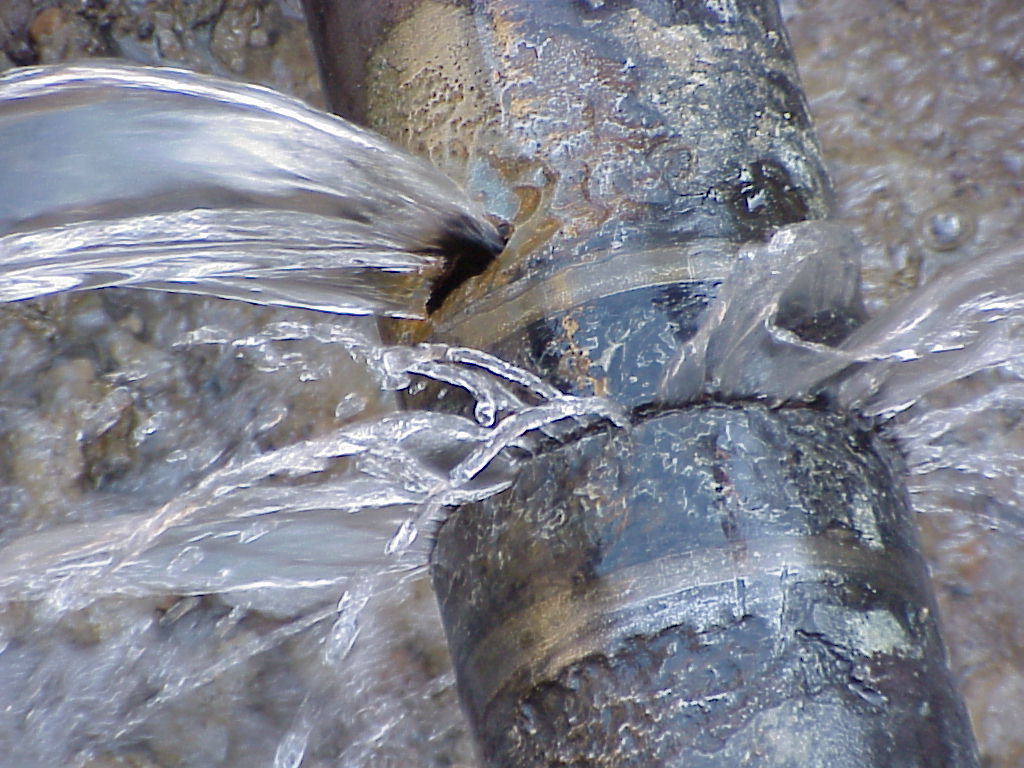We've unearthed the article on How to install a dishwasher safely listed below on the net and felt it made perfect sense to relate it with you here.

A burst pipeline is a significant emergency; you can only stand as you view water you pay very much to rejoin with the planet. In even worse cases, you discover a pool on your kitchen area flooring, which is a great trip risk, especially if you have children around. If the pipe that burst remained in your wall surfaces, trouble: you might need to repaint that entire section.
Exactly how can a catastrophe like a burst pipeline be stopped and also taken care of? Well, by listening to your professional emergency plumbings and also adhering to these regulations.
Just how do I recognize when my pipelines have ruptured?
Rising and fall water pressures
Pipelines do not simply burst in a day. You might have observed that your cooking area faucet or shower does not run quickly when you transform the tap. It might stop briefly for a couple of seconds and after that blast you with more force than typical.
In other instances, the water may seem regular in the beginning, after that decrease in pressure after a few seconds.
Contaminated water
Many individuals assume a burst pipeline is a one-way electrical outlet. Rather the contrary. As water drains of the hole or laceration in your plumbing system, pollutants discover their way in.
Your water may be contaminated from the resource, so if you can, examine if your water container has any type of issues. However, if your drinking water is supplied and also detoxified by the local government, you should call your plumber immediately if you see or scent anything amusing in your water.
Puddles under pipes and also sinks
When a pipeline bursts, the outflow forms a pool. It might appear that the puddle is expanding in size, and also despite the number of times you wipe the puddle, in a few minutes, there's an additional one waiting to be cleansed. Usually, you might not have the ability to trace the puddle to any noticeable pipes. This is a sign to call a professional plumber.
Damp walls and water stains
Prior to a pipeline bursts, it will leak, the majority of times. If this consistent leaking goes unnoticed, the leakage may graduate right into a vast tear in your pipe. One easy means to prevent this emergency is to watch out for wet wall surfaces advertisement water stains. These water spots will lead you right to the leakage.
Untraceable trickling noises
Pipeline bursts can happen in one of the most unpleasant places, like within concrete, inside wall surfaces, or under sinks. When your home goes silent, you might be able to listen to an irritatingly persistent leaking noise. Also after you've inspected your shower head and cooking area tap, the dripping might continue.
Beloved viewers, the leaking may be coming from a pipeline inside your walls. There isn't much you can do concerning that, except tell a specialist plumber.
Show up the Warmth
Establish fans to blow warm into chilly areas. Keep the garage door shut. If you have lowered water flow, warmth the most prone pipes (normally in cellars as well as crawl spaces or near outside walls) with a hair dryer. Leave the faucet on while you use heat. As you thaw ice, the circulation will boost. To prevent pipes from cold, insulate your walls.
Beginning Eliminating the Water
Get hold of the wipe, containers and also a shop vacuum to begin to get rid of the water because you definitely don't want it saturating right into everything else in your home. And also, a fast tidy up will decrease the opportunities of something getting moldy.
What do I do when I identify a ruptured pipe?
Your water meter will remain to run also while your water wastes. To minimize your losses, discover the primary controls and also turn the supply off. The water mains are an above-ground structure beside your residential or commercial property.
How to Fix & Detect a Leaking Pipe
How Do I Know if a Pipe is Leaking?
Leak detection tests can help you determine if your pipe has a leak. Even if you don’t see an apparent leak, you should still conduct leak detection tests regularly to save water and money—and prevent major damage to your home.
Water meter. It can be helpful to figure out what your usual water meter usage numbers are and then monitor them regularly. To monitor your meter, first, turn off all water faucets in your home. Check the meter and write down the numbers. In a few hours, check the meter again. If the numbers have changed, you have a leak. Water gauge. Use a water gauge to test your water pressure. Your showerhead should produce a certain amount of water pressure based on its model and design. If the pressure is lower than it is supposed to be for that specific showerhead, your home likely has a leak. Puddles. Look inside your bathroom, laundry, and kitchen sink cabinets. Puddles around the cabinets or around toilets, tubs, showers, and washing machines indicate the presence of a leaking pipe. You may also notice loose tiles, peeling or flaking paint, or mold caused by water accumulation. Napkin test. Even if you don’t see any puddles, you may still have a leak. You can test for water leaks in the bathroom, laundry, and kitchen by wiping below-sink connections with a napkin, paper towel, or piece of toilet paper. If it becomes damp, you probably have a leaking pipe under the sink. Discolored walls. Walls that are discolored—usually with brown or yellow stains—or bulging might mean that they have been impacted by water damage caused by a leaking pipe. Smell. A leaky pipe will create sitting water, and over time, that water may develop a musty smell. If your home smells musty, but you can’t locate the source, it may be due to a leak. Steps for Fixing a Leaking Pipe
A leaky drain can be remedied by tightening the pipe base, replacing the drain seal, caulking the rim, and tightening the pipe nut. Similarly, a leaking toilet pipe can be treated by tightening the packing nut. You may also need to replace the valve. A leaky faucet may just need tightening or replacement of the washers. If that doesn’t work, consider replacing your faucet. If your pipe has a hole in it, you may want to use a pipe leak sealer or pipe leak tape. This quick fix for water pipe leaks can also temporarily fix a copper pipe leak. https://www.ahs.com/home-matters/quick-tips/how-to-tell-if-pipes-are-leaking/

We were guided to that editorial about How to Install and Connect a New Dishwasher from an associate on our other web page. Are you aware of another person who is excited about the topic? Feel free to promote it. Thanks for your time spent reading it.
This Post